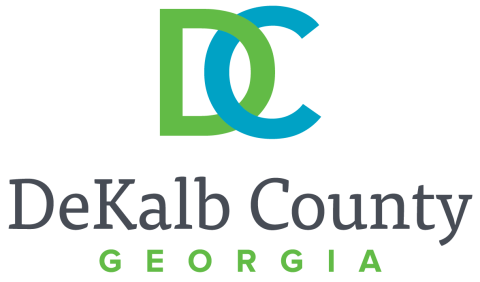
DECATUR, Ga. – The DeKalb County Fire Rescue Department has deployed two rapid response vehicles to respond to emergency medical and fire suppression calls. The units were added after a successful year-long pilot program during which response times, maintenance and operation costs were reduced.
Nine additional rapid response vehicles will be deployed around the county by December 2019.
"DeKalb County is building a state-of-the-art emergency response and transport system,” said DeKalb County CEO Michael Thurmond. "These vehicles will be an essential component in responding to all non-fire emergency calls in a timely manner.”
The county operates an integrated service delivery system in which Fire Rescue units respond initially to most medical calls to begin care while the contracted transport unit is en route. All firefighters are certified emergency medical technicians, and many are certified paramedics. The highly-trained firefighters are able to provide the same level of care and have the same equipment and resources as an ambulance. This system ensures care is started at the earliest interaction with a patient.
Rapid response vehicles are smaller and less expensive to operate than larger fire trucks. The units feature water and pumping capabilities as well as various emergency response equipment and medical supplies.
The rapid response vehicles are stationed at Fire Stations 14 and 24. Each unit is staffed by two DeKalb County firefighters who are certified emergency medical technicians trained to stabilize patients including treating conditions that require immediate life-saving actions such as major bleeding. DeKalb firefighters are the first to respond to a medical emergency until an ambulance arrives.
In 2017, the county developed a prototype of the rapid response vehicle to measure the impact the smaller unit would have on reducing response times and improving service levels. During the pilot program, the rapid response vehicle was effective and reduced the need to use the full-size fire apparatus by 14 percent. Additionally, average response time improved by 26 percent.
The county purchased 10 rapid response vehicles from funding generated from the special purpose local option sales tax (SPLOST) passed in 2017. A total of $2 million in SPLOST funding was allocated for the 10 response units. Each vehicle cost approximately $200,000, which includes the truck, upgrades and equipment.
In total, the fire department will receive more than $47 million in SPLOST funding to purchase equipment and rebuild fire stations. To date, the county has used $3.5 million in SPLOST funding to purchase vehicles and 313 public safety radios.
###

